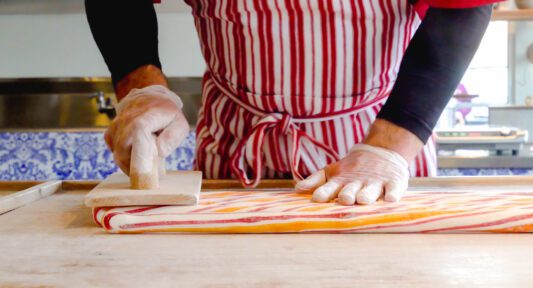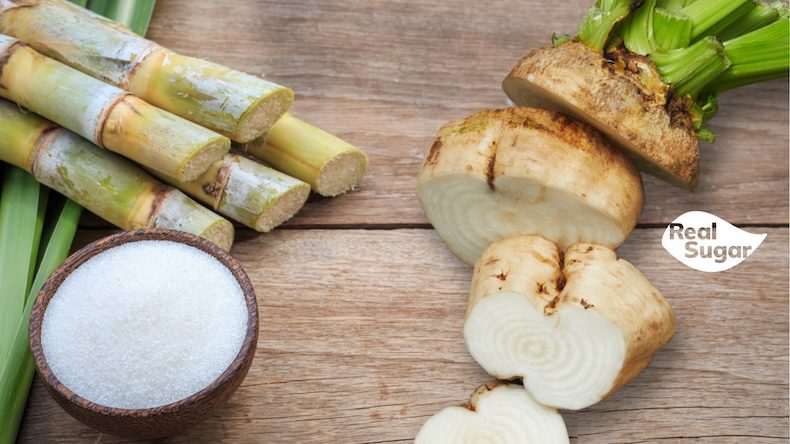As the holiday season paints the world in hues of joy and festive cheer, there’s one iconic treat that stands out – the candy cane.
Real sugar makes the holiday season and our traditions a little sweeter. One iconic treat that stands out this time of year is the candy cane. In fact, it even has its own special day, “National Candy Cane Day,” celebrated on December 26. Join us in exploring a delectable journey through the rich history and fascinating production evolution of this beloved Christmas confection.
A Sweet Prelude: The History of Candy Canes
Believed to have graced Christmas celebrations for at least 176 years, candy canes origin story is steeped in charming folklore. One popular tale traces it back to a German choirmaster seeking a solution to keep children calm during Christmas Eve services. The candy’s crook symbolized shepherds, while the red and white stripes embodied the purity of Christ. While the legend lacks concrete evidence, it adds a sprinkle of magic to the candy cane’s narrative.
The first documented use of candy canes in Christmas decor dates back to 1847 when August Imgard, a German-Swedish immigrant, adorned a small blue spruce tree with this peppermint treat. This marked the inception of a delightful tradition that would soon captivate holiday enthusiasts.
Evolution of Production: A Sugar-Infused Tale
In the 18th century, candy canes were not just treats but also medicinal marvels. Peppermint, known for its stomach-soothing properties, found its way into the sugary concoction. Local apothecaries, often doubling as candy makers, utilized peppermint to mask the taste of unpleasant medicines.
The candy cane’s transformation from labor-intensive to mass production can be attributed to Bob McCormack. In the 1950s, his company, “Bob’s Candies,” introduced automation with the Keller Machine. This innovation not only streamlined production but also paved the way for millions of candy canes to sweeten the holiday season.
Crafting Sweet Perfection: Modern Candy Cane Production
Today, the art of crafting candy canes involves a symphony of modern machinery. Large kettles heat sugar and other ingredients, creating a golden-brown mixture. Peppermint and starch join the mix, ensuring a delightful flavor and preventing stickiness. Automated processes, from kneaders to twisters, impart the iconic stripes and shape that define the candy cane.

Did you know that candy canes are the top-selling non-chocolate candy in December, with a staggering 1.76 billion produced annually in the United States?
Savoring the Season with Candy Canes
Whether hung on a Christmas tree, shared with loved ones, or enjoyed in quiet reflection, candy canes symbolize the magic and sweetness of the holiday season. So, as we unwrap these striped wonders, let’s savor the history, appreciate the innovation, and indulge in the festive spirit they bring.
References:
- https://nationaldaycalendar.com/national-candy-cane-day-december-26/
- https://theconversation.com/the-history-of-candy-canes-and-why-they-taste-so-cool-128036#:~:text=Most%20people%20love%20peppermint%20candy,the%20cooling%20sensation%20of%20mint.
- Collins, Ace (2003). Stories Behind the Great Traditions of Christmas. Grand Rapids, Michigan: Zondervan. ISBN0-310-24880-9 – via Google Books.
- https://books.google.com/books?id=kouqQnLl7V4C&pg=PA405
- http://www.candyhistory.net/candy-origin/candy-cane-history/
- https://alwaysatreat.com/candy-moments/winter-holidays-central/candy-canes/
- https://en.wikipedia.org/wiki/Candy_cane#cite_note-History-8
- https://www.thespruceeats.com/candy-canes-recipe-521012








Get Social with #MoreToSugar